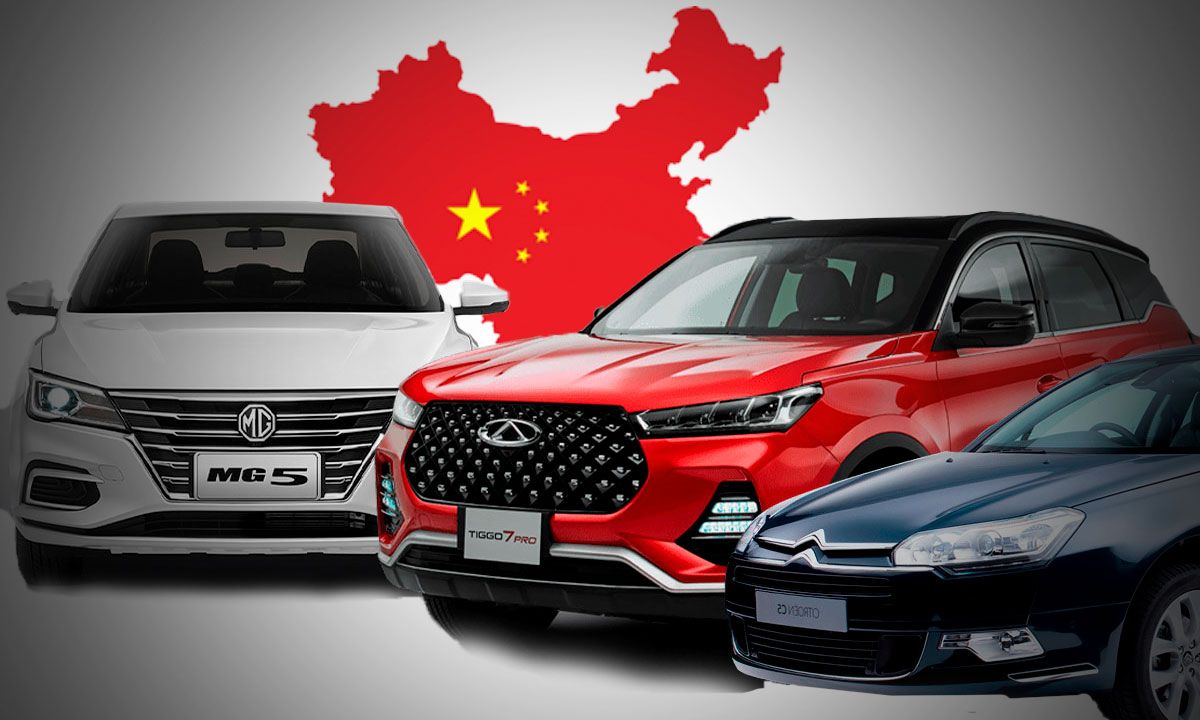
In the global automotive industry, an increasingly common question among consumers is: Is it time to seriously consider buying Chinese cars?
This question arises in a context where Chinese manufacturers have gone from being marginal players to becoming a competitive force in the international market due to the quality of their vehicles. To better understand this situation, it is necessary to examine the evolution of the Chinese automotive industry, its recent achievements and the challenges it still faces.
The beginnings: from basic production to global ambition
The history of car manufacturing in China dates back to the 1950s, but it was only in the 1980s that the sector really began to take off. In its early days, the industry focused primarily on producing basic vehicles for the domestic market. These early models were often the result of joint ventures with Western manufacturers, a strategy that allowed Chinese companies to access foreign technology and know-how.
During this early stage, brands such as First Automobile Works (FAW) and Dongfeng Motor Corporation (DFM) – among the oldest in the fledgling manufacturing industry – laid the groundwork for what would become a thriving industry. However, the vehicles produced at this time were far from international standards in terms of quality, safety and design.
Damian Rudaszewski, President of Dalian SA and an expert on the Chinese automotive industry, points out that “in those early years, Chinese manufacturers were more focused on meeting domestic demand than competing globally. “Quality was secondary to the need to mass produce.”
The government impulse
At the beginning of the 21st century, the Chinese government implemented a series of policies aimed at boosting the domestic automotive industry. These measures included investments in research and development, incentives to attract international talent, favorable policies for the creation of domestic companies, and support for the international expansion of Chinese brands.
As a result of these initiatives, new brands emerged that would soon become important players in both the domestic and international markets.
Companies such as Geely, BYD and Great Wall Motors began to gain recognition for their rapid growth and ambition. Rudaszewski comments that “government support was crucial for the industry to take off. The policies implemented created an enabling environment for innovation and accelerated growth.”
A turning point in the history of the Chinese automotive industry came in 2010 when Geely acquired Volvo Cars. This acquisition provided them with access to advanced technology and design know-how with international standards. Since then, numerous international collaborations and acquisitions have taken place, such as SAIC Motor’s purchase of MG Rover, Geely’s acquisition of a majority stake in Lotus, the partnership between GAC Group and FCA (now part of Stellantis), and the collaboration between BYD and Daimler for the production of electric vehicles.
Damian Rudaszewski highlights that “these strategic alliances have been fundamental in accelerating the learning curve of Chinese manufacturers. “They have allowed them to absorb knowledge and technologies that would otherwise have taken decades to develop on their own.”
The electric revolution: China at the forefront
In recent years, Chinese manufacturers have made strides in the field of electrification, positioning themselves as leaders in this technology. This success is largely due to massive investments in battery research and development, government policies that favor the adoption of electric vehicles, and a robust supply chain for components.
Companies like NIO, Xpeng and Li Auto are directly competing with Tesla and other Western manufacturers in the high-end electric vehicle market.
BYD, meanwhile, has become one of the world’s largest electric vehicle makers, even surpassing Tesla in global sales in some quarters.
“China’s commitment to electrification has been visionary,” says Damian Rudaszewski. “They have managed to create a complete ecosystem, from battery production to charging infrastructure, which gives them a significant competitive advantage.”
While electrification has been a major focus area, Chinese manufacturers are also investing heavily in other advanced technologies. Autonomous driving, advanced infotainment systems and 5G connectivity are at the forefront, while integrating artificial intelligence with voice assistants and predictive systems, and conducting research into new lightweight and sustainable materials.
Damian Rudaszewski points out that “Chinese manufacturers’ technological innovation goes far beyond electrification. They are betting heavily on technologies that will define the future of mobility, such as autonomous driving and advanced connectivity. In many respects, they are on par with or even surpassing Western manufacturers in these areas.”

New markets
In recent years, Chinese manufacturers have stepped up their efforts to expand into international markets. While in Europe, brands such as MG (owned by SAIC) and Lynk & Co (owned by Geely) have had considerable success, especially with their electric models,n South America, Great Wall Motors and Chery Corporation, including brands such as Jetour, have established a large presence in countries such as Brazil and Argentina. While in Southeast Asia, brands like Wuling have gained popularity with models adapted to local needs.
“The global expansion of Chinese brands is a gradual but unstoppable process,” says Rudaszewski. “They are learning to adapt their products and strategies to different markets, and more and more consumers are willing to give them a chance.”
One of the main obstacles Chinese cars faced in the past was the perception of low quality and poor safety. However, in the last decade, there have been improvements in these aspects. Chinese manufacturers have invested in design and development centers in Europe and the United States, hired internationally renowned engineers and designers, adopted global quality standards, and improved their production and quality control processes.
As a result, many Chinese models now score high marks in international safety tests, such as those conducted by Euro NCAP.
For example, the Lynk & Co 01 and the NIO ES8 have received five stars in these tests, proving that Chinese vehicles can meet the most demanding standards. Damian Rudaszewski points out that “the improvement in quality and safety has been one of the most notable changes in the last decade. “Chinese manufacturers have understood that to compete globally, they must meet and exceed international standards.”
The path that follows
The Chinese automotive industry has matured significantly over the past two decades. With substantial improvements in quality, technology and design, combined with competitive prices, Chinese cars are presenting themselves as an increasingly attractive option for global consumers.
Damian Rudaszewski concludes: “For many consumers, especially those looking for value for money or interested in the latest electrification technologies, Chinese cars can be a very attractive option. However, I always recommend doing extensive research and, if possible, test driving the vehicle before making a decision.”
The growing presence and competitiveness of Chinese cars in the global market is a testament to the rapid evolution of the industry. Whether one decides to buy a Chinese car or not, it is undeniable that these manufacturers are playing an increasingly important role in shaping the future of global mobility.
As Rudaszewski notes, “The rise of the Chinese auto industry is one of the most fascinating stories in the business world in recent decades, and we are only at the beginning of seeing its true impact on a global level.”

Contributor to ReporteAsia
Source: https://reporteasia.com/economia/2024/06/28/por-que-momento-comprar-autos-chinos/

